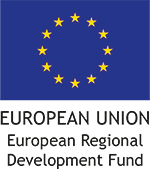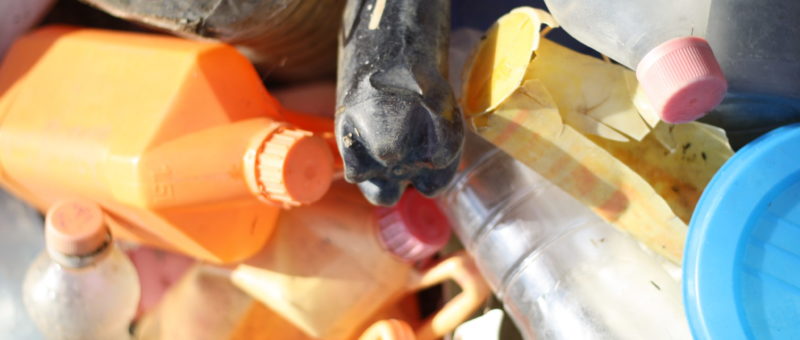It is literally unavoidable to use plastics in our daily lives. The computer and the mobile phone, the equipment I use the most in my work, are partly made of plastics, the lunch I’m eating is prepared from groceries packed in plastics, and the building I’m standing in contains plastics.
There are so many good things about plastics. Cars are for example more lightweight, which reduces fuel consumption, thanks to plastics, and food packaging often prevents food waste. Plastic is a versatile material characterised as relatively inexpensive, lightweight and durable. It is found in a wide range of applications, for example in buildings, packaging, electronics, products used in health care, and vehicles. But everything has a downside.
Over 300 million tonnes of plastics are produced worldwide every year, and the consumption increases. Plastic packaging is the most common application. According to PlasticsEurope around 40 percent of the plastic packaging consumed within the EU goes to packaging manufacturing. EU has proposed higher targets for recycling of plastic packaging in the Circular Economy Package. According to the proposal recycling of plastic packaging must reach 55 percent to 2025, which will challenge the current collection and recycling systems. Increased recycling of plastics requires efforts throughout the value chain, from manufacturing to collection, and recycling into new products.
We should not forget the impact of product design and the necessity to have markets for the recycled plastics. By collecting and recycling used plastics and products containing plastics the use of fossil resources, the environmental impact and the need for waste treatment may decrease, but we all know our efforts are not sufficient as plastics leak into the environment and the marine ecosystems.
In Blastic we will continue our efforts to decrease plastics’ impact on the marine environment. The next project meeting will take place in Stockholm in the beginning of March. The focus for the project meeting is monitoring of plastics in the pilote areas. We will discuss a methodology to be tested in order to come up with a methodology that combined with mapping of sources and pathways can help municipalities tackle the plastic marine litter challenge.
Anna Fråne
IVL Swedish Environmental Research Institute


